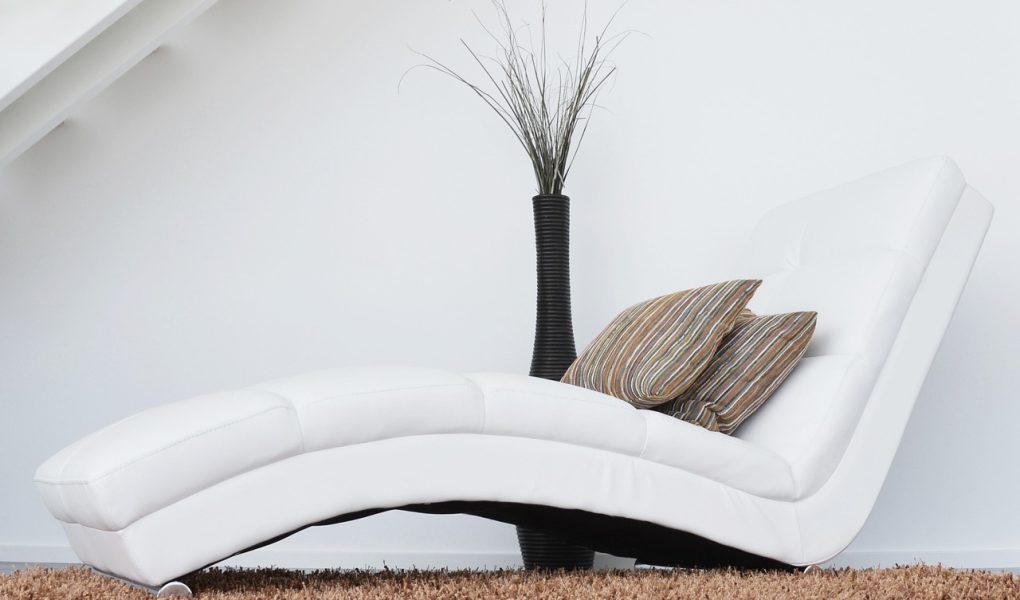Creating a comfortable and cozy living space is important for many people. Whether you are designing your own home or helping others design their spaces, there are many factors to consider to ensure that the space is both aesthetically pleasing and functional.
In this blog post, we will explore how ChatGPT, a large language model trained by OpenAI, can be used to help design a comfortable and cozy space.
What is ChatGPT?
ChatGPT is a state-of-the-art language model that has been trained on a vast amount of data to generate human-like responses to text input. It’s capable of understanding natural language and can provide helpful suggestions and insights on a wide range of topics, including interior design.
Why Design for Comfort?
Designing for comfort is important because it can have a significant impact on our physical and mental well-being.
A comfortable and cozy space can help reduce stress, promote relaxation, and improve overall quality of life. Designing for comfort involves creating a space that is inviting, functional, and aesthetically pleasing.
Using ChatGPT to Design a Cozy Space.
ChatGPT can be a helpful tool in designing a cozy space because it can provide insights and suggestions based on your specific needs and preferences.
Here are some tips for using ChatGPT to help create a cozy space:
1. Describe Your Ideal Space.
This step is important because it provides ChatGPT with the information it needs to make personalized recommendations for your specific needs and preferences.
When describing your ideal space to ChatGPT, it’s important to be as specific as possible. Consider the following questions:
- What is the overall style of the space? Do you prefer a modern, minimalist look or a more traditional, cozy feel?
- What colors do you prefer? Are you drawn to warm, earthy tones or cooler, more muted colours?
- What kind of furniture do you like? Do you prefer plush, comfortable seating or more structured, modern pieces?
- What type of lighting do you want? Are you looking for soft, warm lighting or brighter, more energizing light?
- What types of decorative elements do you like? Do you prefer bold, colourful artwork or more subdued, neutral pieces?
By providing ChatGPT with this type of detailed information, you are giving it a better understanding of your personal style and preferences. This will enable it to make more accurate recommendations that are tailored to your needs.
It’s also important to keep in mind that your ideal space may change over time. As you begin to explore different design options and incorporate new elements into your space, your preferences may evolve. This is where ChatGPT can be particularly helpful, as it can adapt to your changing needs and provide new recommendations based on your evolving style.
Overall, describing your ideal space in detail is a crucial first step in using ChatGPT to help create a cozy and comfortable living space. It will help ensure that the recommendations provided by ChatGPT are personalized and tailored to your unique needs and preferences.
2. Ask for Suggestions on Color and Texture.
Color and texture are important factors in creating a cozy and comfortable space, as they can greatly impact the overall mood and atmosphere of a room. Here’s how ChatGPT can help you choose the right colours and textures for your space:
Start with a Base Colour.
The first step in choosing colours and textures is to start with a base colour. This will serve as the foundation for the rest of the room’s design elements. ChatGPT can provide suggestions on which colours might work well as a base colour based on your preferences and the overall style of the room.
For example, if you’re looking for a warm and cozy feel, ChatGPT may suggest using earthy tones like beige, brown, or green. If you prefer a cooler, more calming atmosphere, ChatGPT may suggest using cooler colours like blue or grey.
Consider Contrast.
Once you have a base colour, ChatGPT can provide suggestions on how to incorporate contrasting colours and textures into the space. Contrast can help add visual interest and depth to a room. For example, if your base colour is a warm beige, ChatGPT may suggest incorporating cool blue accents to create contrast and balance.
Use Textures to Add Depth.
Textures can also play an important role in creating a cozy and comfortable space. ChatGPT can suggest different textures to incorporate into the space based on your preferences and the overall style of the room. For example, if you prefer a more rustic look, ChatGPT may suggest incorporating natural wood or stone textures into the design.
Use Color and Texture to Create a Focal Point.
Color and texture can also be used to create a focal point in a room. ChatGPT can provide suggestions on how to create a focal point based on your preferences and the overall style of the room. For example, if you prefer a bold, colourful focal point, ChatGPT may suggest using a colourful rug or piece of artwork as the centre piece of the room.
Consider the Mood of the Space.
Finally, it’s important to consider the overall mood of the space when choosing colours and textures. ChatGPT can provide suggestions on how to create a specific mood based on your preferences. For example, if you’re looking to create a calm and serene atmosphere, ChatGPT may suggest using muted, calming colours and soft, plush textures.
In summary, ChatGPT can be a helpful tool in choosing the right colours and textures for your space. By providing information on your preferences and the overall style of the room, ChatGPT can provide personalized recommendations to help you create a cozy and comfortable living space.
3. Ask for Suggestions on Furniture Layout.
The layout of your furniture can also have a significant impact on the comfort and coziness of your space. ChatGPT can provide suggestions on how to arrange your furniture to create a cozy and inviting atmosphere. For example, ChatGPT may suggest arranging your furniture in a way that promotes conversation and social interaction.
4. Ask for Suggestions on Lighting.
Lighting is another important factor in creating a cozy space. ChatGPT can provide suggestions on how to use lighting to create a warm and inviting atmosphere. For example, ChatGPT may suggest using soft, warm lighting to create a relaxing environment.
5. Ask for Suggestions on Decorative Elements.
Decorative elements, such as pillows, rugs, and artwork, can help add warmth and coziness to a space. ChatGPT can provide suggestions on how to incorporate these elements into your space to create a cozy and inviting atmosphere.
For example, ChatGPT may suggest using soft, plush pillows and rugs to add texture and warmth to a space.
Conclusion.
Designing for comfort is an important aspect of creating a cozy and inviting living space. By using ChatGPT, you can get helpful suggestions and insights on how to achieve your ideal space.
Whether you are designing your own home or helping others design their spaces, ChatGPT can be a valuable tool in creating a comfortable and cozy living environment.




